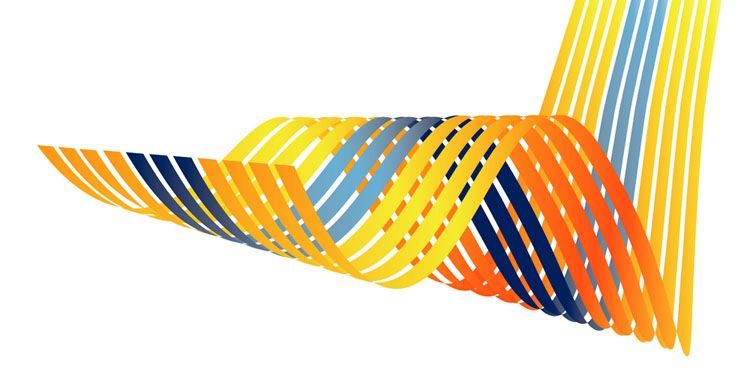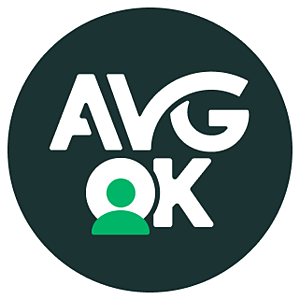Click on the FLAG for your LANGUAGE >>>

Whiplash
What is whiplash?
A whiplash is a neck trauma that occurs as a result of an accelerated movement of the head. In most cases, this involves a rapid movement in which the head is whipped from front to back or vice versa. A rear-end accident with a car is a good example of this. Symptoms that are reported immediately (< 4 weeks) and six months after the accident: (Source KNGF guideline whiplash)
| Symptoms | Immediately after the accident | Six months later |
|---|---|---|
| Neck pain | 90-100% | 10-45% |
| Decreased movement of the neck | 40-95% | 14% |
| - | - | |
| Headache | 50-90% | 8-30% |
| Sensitive to light | 30-80% | - |
| Pain in shoulder and arm | 40-70% | 5-25% |
| Dizziness | 20-70% | 3-20% |
What does the physiotherapist do?
The physiotherapist will treat you according to the Whiplash guideline, which describes the physiotherapeutic diagnostic and therapeutic process for patients with whiplash.
The aim of the diagnostic process is to inventory the severity, nature and degree of influenceability of the complaints. The physiotherapist can use a number of measuring instruments as measuring instruments. Examples of these are the VAS scale and the Neck Disability Index.
Two tests are recommended for testing balance, standing on one leg and the tightrope walker gait.
- Standing on one leg: The patient stands on one leg for as long as possible (maximum 30 seconds). The dominant leg is then stood on, followed by the non-dominant leg. The patient has two attempts for each leg. The arms are held alongside the body. The patient is allowed to move the torso a little as long as the foot remains still. The number of seconds the patient can remain standing is noted and is the final score.
- Tightrope walker gait: The patient walks step by step over a line of three meters (heel of one foot against the toe of the other foot). After one practice, the test is performed as quickly and accurately as possible, with the physiotherapist recording the time with a stopwatch. For each error (if the foot is placed outside the line or if the heel does not touch the toe), 3 seconds are added to the final time. Finally, a total score is calculated (final time plus any additions). For this, the average of two total scores is taken.
The physical examination also looks at the stability of the spine and the joint function of the entire spine. Furthermore, posture and muscle tension are looked at and an inventory is made of what activities the patient can and cannot perform and how his participation is in sports and work.
Before treatment, it is examined whether there is a normal healing process or a delayed healing process. A delayed healing process is characterized by:
- persistent pain;
- reduction in activities or decrease in participation;
- expansion of general complaints such as fatigue, depressive complaints, being able to do less, etc. increasing fear of movement;
- lack of treatment results;
- increasing demand for therapy and medical research.
During the therapeutic process, it is assessed which phase (see above) the patient is in and whether the healing process is normal or delayed.
In the first phase (up to four days) the pain is the main focus and physiotherapy is limited to guidance and providing information about the nature of the injury and its natural course. It is advised to move in a measured manner. Wearing a neck brace is not recommended, various scientific studies have shown that it is precisely the measured movement that promotes recovery.
In the second phase (four days to three weeks), with normal recovery, the functions are improved and the load can be slowly built up. Dosed exercise promotes the recovery process, the physiotherapist guides the patient in determining his limits with regard to duration, pace and nature of activities. Keeping an activity diary can be a tool for this. During training, the stability of the neck muscles is examined and balance and coordination exercises can be started.
In the third phase (three to six weeks) the functions are further improved and the load is increased. Pain should no longer be central and work is done on returning to normal participation at work and in sports and hobbies. Attention is paid to the influence of body posture during work, household tasks and sports and the influence of static load on the healing process. (reading a book, watching television etc.)
In the fourth phase (six weeks to three months) participation in work is in the foreground, the functions and skills and the resilience are gradually increased. Preferably, consultation takes place with the company doctor or Arbo service.
If complaints last longer than three months, the chance of full recovery decreases and a decision may be made in consultation to approach the problem via a multidisciplinary team.
What can we do about your complaints?
The structures in the neck must first come to rest. Chiropractic and other cracking are therefore out of the question. A very good therapy to make the pain go away quickly is the Deep Tissue Laser. Click on the HIGH POWER LASER tab for an explanation.
What can you do yourself to reduce the symptoms?
Whiplash is a complaint that should be taken very seriously. If you experience neck pain, reduced mobility and/or headaches within 24 hours of a (car) accident, it is wise to take the following measures.
- Always have x-rays of the neck taken to rule out orthopedic injuries, and for your medical records!
- Take a rest for four days. Complete bed rest is not necessary but try to avoid strains such as lifting, carrying, pushing, pulling, working above the head and extreme head movements.
- A neck brace is not necessary. If you do get one from the hospital or your GP, never wear it for longer than four days.
- Use painkillers and muscle relaxants at fixed times and for a predetermined period (for example ten days). Never use medication based on pain.
- If you still experience complaints after four days, please contact your physiotherapist.
- Please also contact your physiotherapist if you experience any of the above complaints in the period that follows.
ADDRESS
PhysioQuesada
Station Ave. 35
03176 - The Crispin [Algorfa]
(Free parking)
T 0034 - will follow asap
M 0031 - 653669587
fysioquesada@outlook.com
OPENING HOURS
- Monday
- -
- Tuesday
- Appointment only
- Wednesday
- Appointment only
- Thursday
- -
- Friday
- Appointment only
- Saturday
- Closed
- Sunday
- Closed
All rights reserved | Disclaimer | Privacy | Website by Internetbureau Doetinchem FrankBrinks.nl




